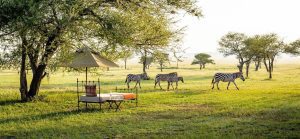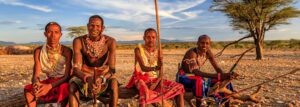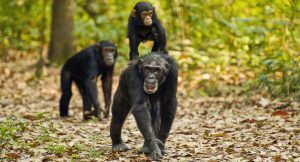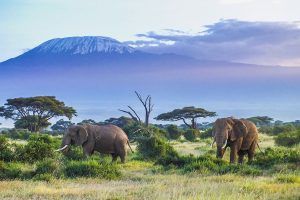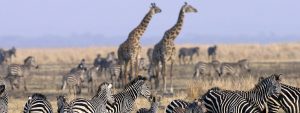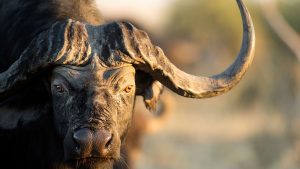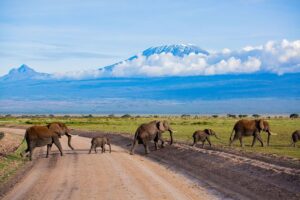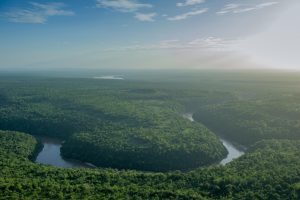The Great Migration
Witness the world’s greatest wildlife spectacle
Overview
The Great Migration is one of the most awe-inspiring wildlife events on Earth, involving the annual movement of over 1.5 million wildebeest, 200,000 zebras, and gazelles across the vast plains of the Serengeti in Tanzania and the Maasai Mara in Kenya. This cyclical journey, driven by the search for fresh grazing lands and water, is an extraordinary sight, filled with breathtaking wildlife interactions and natural beauty. As the herds move across the savannah, they are closely followed by Africa’s iconic predators—lions, leopards, hyenas, and crocodiles—making this a thrilling experience for safari-goers. The Great Migration is not only a testament to the cycle of life but also a key draw for wildlife enthusiasts and photographers alike.
Where:
East Africa (Tanzania, Kenya)
The Great Migration unfolds across two of East Africa’s most famous safari destinations:
Serengeti National Park (Tanzania): The migration begins and ends in the Serengeti, which spans northern Tanzania. The expansive plains are the perfect backdrop for this dramatic event, and visitors can witness the herds moving northward from January to July, then returning from October to December.
Maasai Mara National Reserve (Kenya): Between July and October, the herds cross into the Maasai Mara in Kenya, often undertaking dangerous river crossings where they face peril from crocodiles. The Mara River crossing is one of the most anticipated and iconic moments of the migration, offering spectacular opportunities for witnessing predator-prey interactions.

Inspired by What You See? Let’s Bring Your Journey to Life!
What to Expect
The Great Migration is a dynamic, year-round event that offers unique and unforgettable safari experiences depending on the time of year and location. Here’s what you can expect during this incredible journey:
River Crossings: The most dramatic moments of the migration occur when thousands of wildebeest and zebras cross the Grumeti and Mara Rivers, braving swift currents and lurking crocodiles. Watching the sheer volume of animals taking the plunge, all while predators wait in ambush, is an unforgettable sight.
Predator Activity: As the migration moves across the Serengeti and Maasai Mara, predators such as lions, cheetahs, and hyenas closely follow the herds. These predators take advantage of the abundance of prey, making this one of the best times to witness hunting activity. Leopards are often seen stalking in the shadows, while large prides of lions patrol the plains, waiting for the perfect moment to strike.
Calving Season: From January to March, the southern Serengeti becomes a nursery for the wildebeest as the herds give birth to around 500,000 calves. This is a time of new life, but also a time of vulnerability, as predators take advantage of the abundance of easy prey.
Endless Plains: The Serengeti-Maasai Mara ecosystem is vast and varied, offering diverse landscapes—from endless savannah plains to riverine forests. The scenery during the migration is nothing short of spectacular, with golden sunsets, rolling grasslands, and the sheer volume of wildlife filling the horizon.
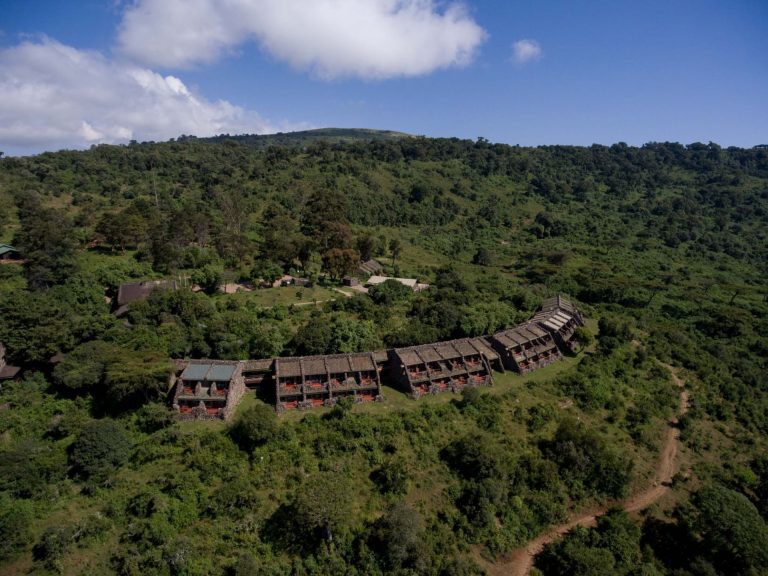
A Luxury Escape on the Rim of the World’s Largest Volcanic Crater Overview Perched on the edge of the stunning
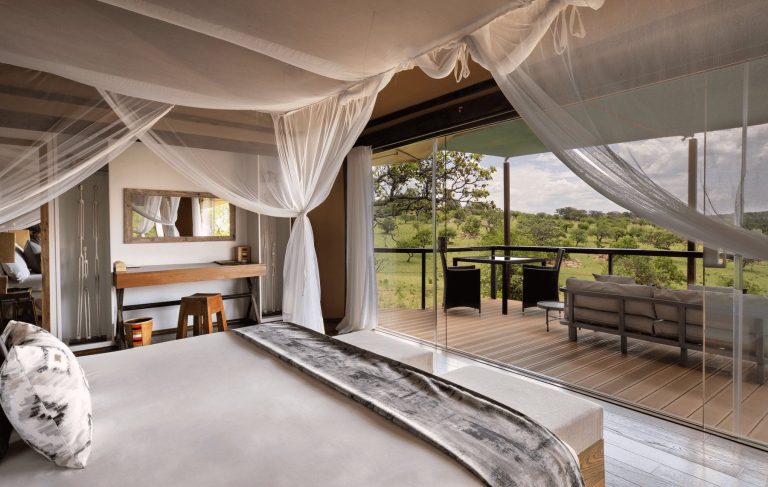
A Hidden Gem in the Northern Serengeti Overview Located in the scenic Wogakuria Hills of Northern Serengeti, Lemala Kuria Hills
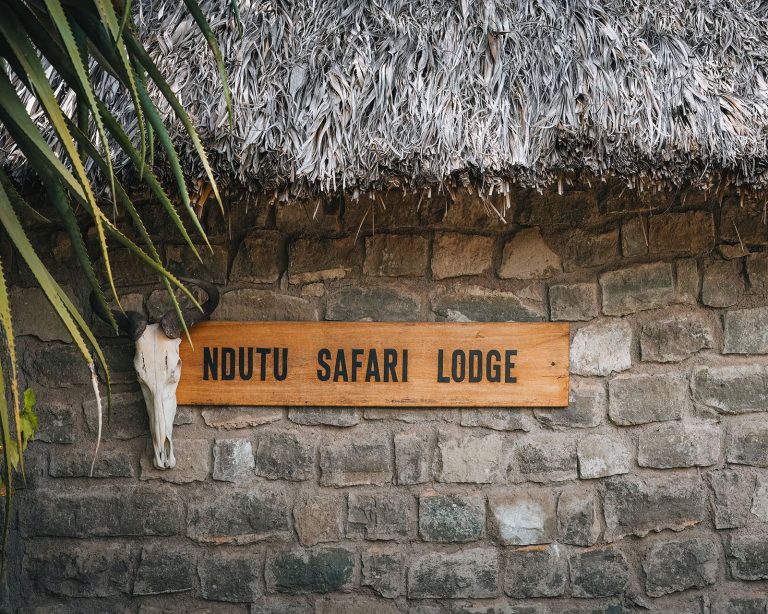
Where Tradition Meets Untamed Wilderness Overview Nestled within the breathtaking landscapes of the Ngorongoro Conservation Area, Ndutu Safari Lodge offers
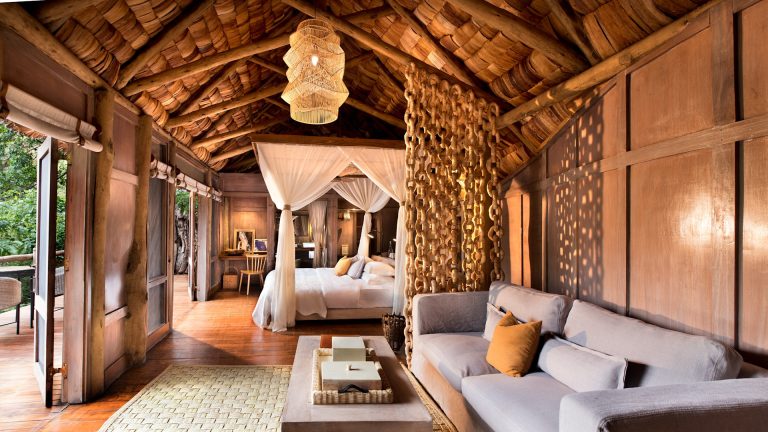
A Luxurious Safari Haven in the Heart of the Forest Overview Nestled deep within the ancient mahogany forest of Lake
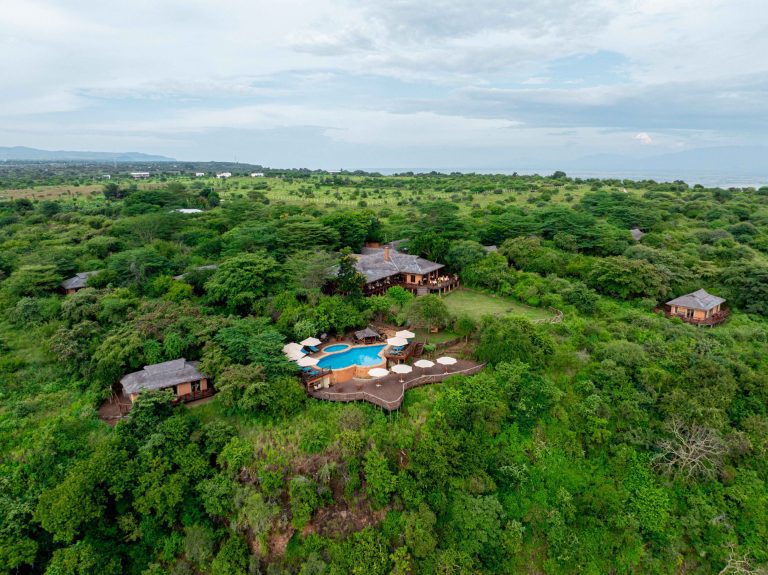
A Serene Sanctuary Overlooking Lake Manyara Overview Nestled on the edge of the Great Rift Valley, Escarpment Luxury Lodge offers
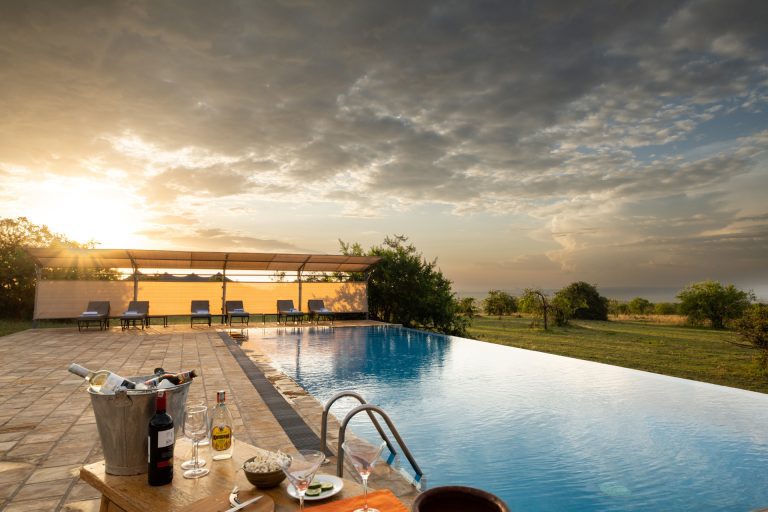
A Gateway to the Serengeti's Wild Heart Overview Nestled in the scenic northern Serengeti, Mara Mara Tented Lodge offers a
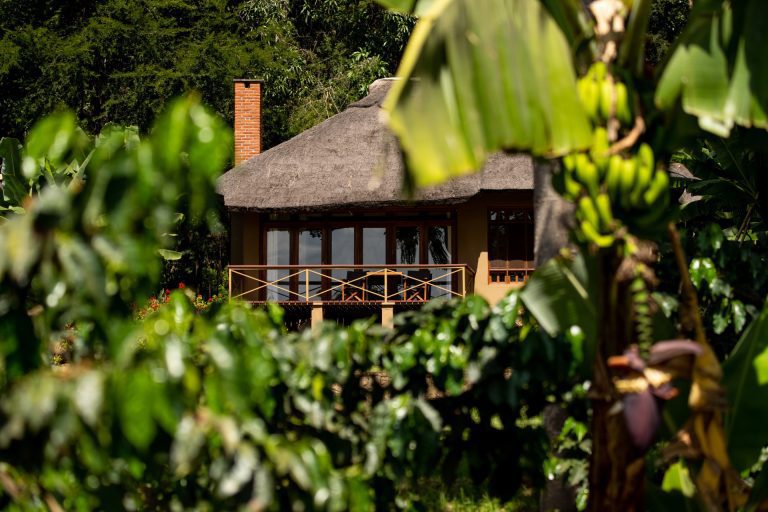
A Tranquil Haven in the Ngorongoro Highlands Overview Perched on a hillside in the lush Ngorongoro Highlands, Kitela Lodge offers
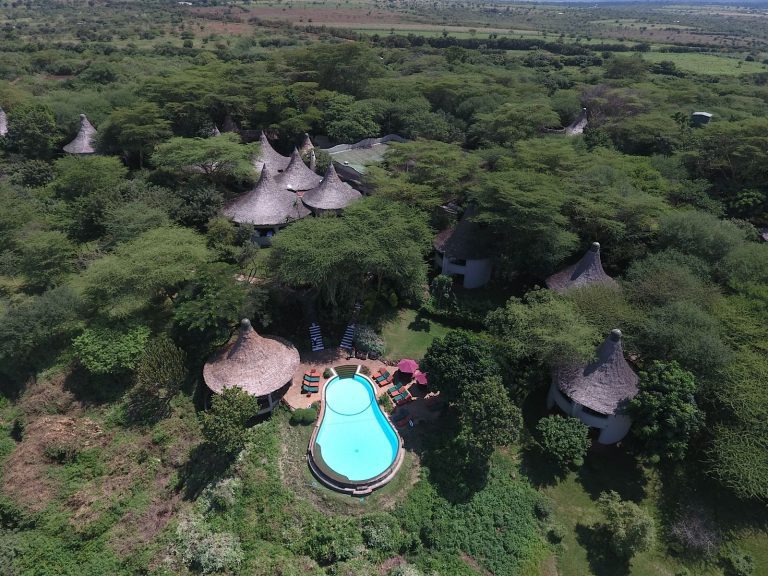
A Serene Oasis Overlooking Lake Manyara Overview Perched on the edge of the Great Rift Valley with breathtaking views of
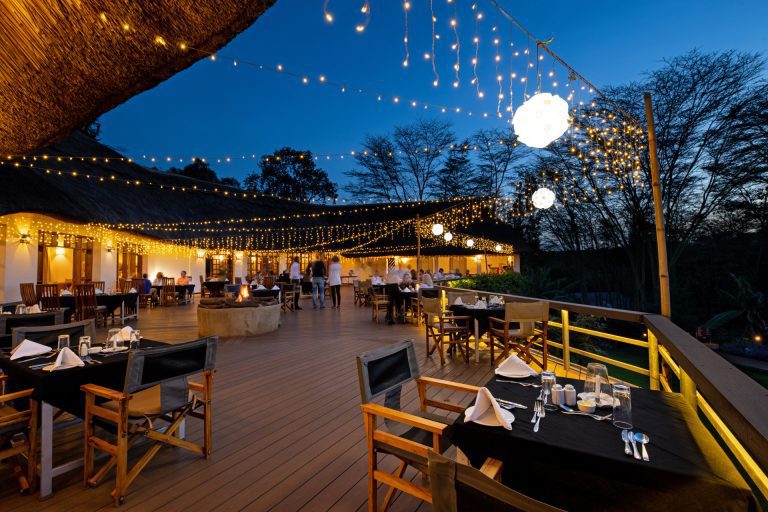
A Tranquil Retreat at the Edge of the Crater Overview Nestled on a 500-acre coffee plantation in the lush foothills
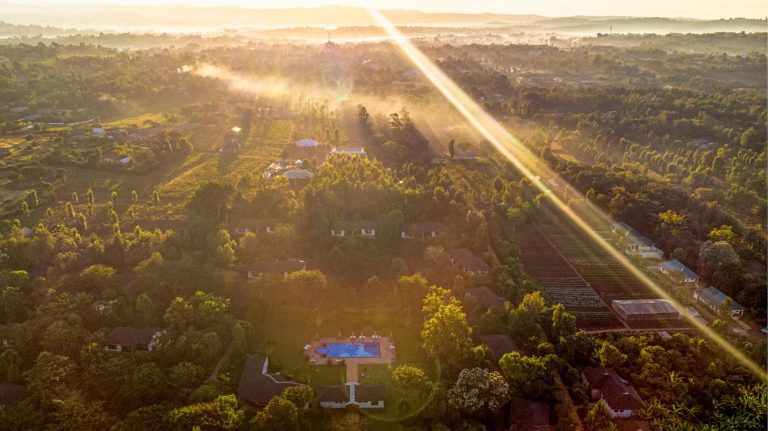
A Luxurious Getaway in the Heart of Karatu Overview Set on a lush, rolling hill in the scenic Karatu region,










Unique To
Serengeti (Tanzania) and Maasai Mara (Kenya)
The Great Migration is exclusive to the Serengeti-Maasai Mara ecosystem, making it a once-in-a-lifetime experience for those visiting Tanzania or Kenya. While many safaris offer opportunities to see the Big Five and other iconic wildlife, the migration’s sheer scale and the drama of the river crossings set it apart as a truly unique African experience.
When to Visit for
The Great Migration
The Great Migration is a year-round phenomenon, but the experience changes depending on the season:
December to March (Southern Serengeti): This is calving season, with the herds gathering in the southern plains of the Serengeti. It’s a great time to see newborn wildebeest and predators in action.
April to June (Western Corridor): The herds move northward through the Serengeti’s Western Corridor, where they face their first river crossing at the Grumeti River, providing thrilling predator-prey encounters.
July to October (Maasai Mara): This is the peak time to witness the famous Mara River crossings as the herds move into Kenya’s Maasai Mara. The crossings are often intense, with wildebeest battling swift currents and predators.
November to December (Northern to Southern Serengeti): After spending a few months in the Maasai Mara, the herds begin their journey back to the southern Serengeti in search of new grazing lands, completing the annual migration cycle.
Best Locations to Witness the Migration
For the best experience of the Great Migration, consider these top locations:
Serengeti National Park: The migration spends the majority of the year in the Serengeti, with the southern plains being the best place to visit during the calving season. The Grumeti River offers excellent viewing for the early river crossings.
Maasai Mara National Reserve: From July to October, the Mara is the place to be for dramatic river crossings at the Mara River and thrilling predator activity.
Western Corridor (Serengeti): This area is key from April to June, as the herds make their way north, and the Grumeti River crossings provide exhilarating viewing opportunities.

Inspired by What You See? Let’s Bring Your Journey to Life!
Why Visit The Great Migration
The Great Migration is not just a safari—it's the greatest wildlife show on Earth. The sheer number of animals moving across the plains, combined with the predator action and stunning landscapes, offers an experience unmatched anywhere else in the world. Whether you’re watching wildebeest plunge into crocodile-filled rivers, witnessing a lion pride on the hunt, or marveling at the newborn calves during the calving season, the Great Migration provides memories and photographs that will last a lifetime.

